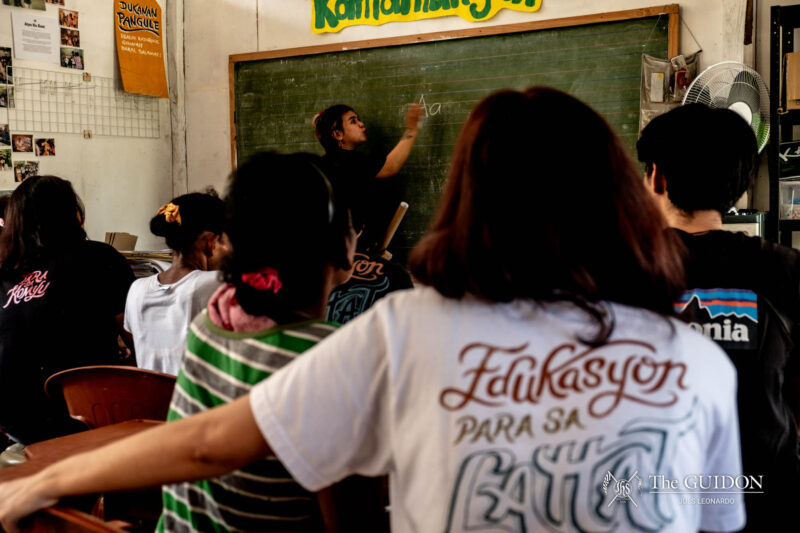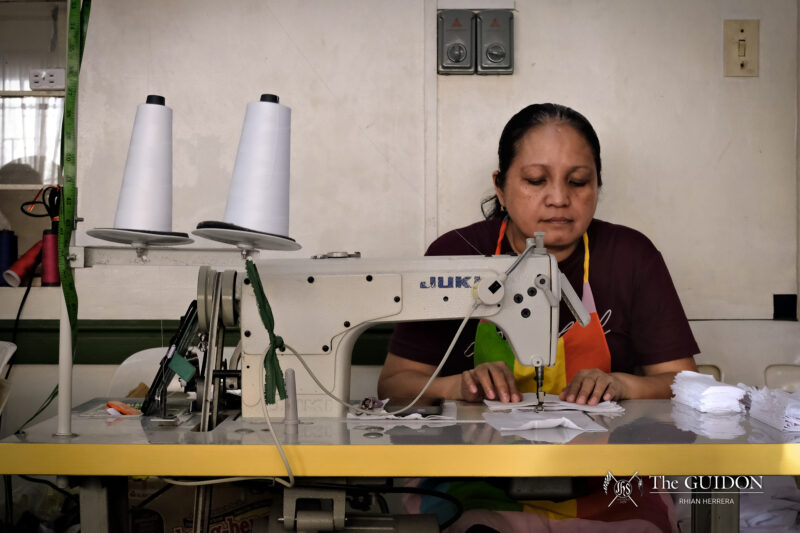The experiment is simple: to ask random Ateneans coming from different classes in different buildings if they know whom the buildings are named after. Consequently, the Features Staff finds this an excellent opportunity to clarify that neither is Gonzaga a cook, nor is Berchmans a philantrophist. It’s about time to see the buildings beyond their names.
Bellarmine
St. Robert Bellarmine was born in Montepulciano, Tuscany on October 4, 1542. On September 20, 1560, he entered the Society of Jesus. He was entrusted as chair of the Controversies at the Roman College, where his work “De Controversiis” proved to be monumental in the earliest attempts of systematizing the various controversies of the time. In 1588, he was made Spiritual Father to the Roman College, where he was able to guide the last years of St. Aloysius Gonzaga. He was canonized in 1930 by Pope Pius XI and was declared a Doctor of the Universal Church in 1931. He is the patron saint of catechists.
Kostka
St. Stanislaus Kostka was born of nobility in Poland in 1550. He entered a Jesuit college in Vienna at the age of 14, where he became ill. He received his Holy Communion from a vision of St. Barbara who appeared to him surrounded by a contingent of angels. He also reported of a vision of the Blessed Virgin Mary who asked him to become a Jesuit. Kostka died at the age of 17 on the Feast of the Assumption, just 10 months into his novitiate in Rome. Kostka is the patron saint of youth.
Faura
Fr. Federico Faura, SJ was born in Barcelona, Spain on December 30, 1840. He belonged to the Spanish Province of Aragon and was assigned to the Philippines. In 1869, the Jesuits acquired Angelo Secchi’s invention, the universal meteorograph, in response to the need for advance typhoon warnings. Faura was put in charge of the observatory. He designed the aneroid barometer, which became the most accurate weather gauge in the area. The observatory became so important that it was made an official institution, with secondary stations set up throughout Luzon. Fr. Faura is the founder of the Manila Observatory.
Gonzaga
St. Aloysius Gonzaga was born in March 9, 1568 in the Castle of Castiglione in northern Italy. He became a Jesuit in 1587. But even before the end of his novitiate, he already studied philosophy and mathematics. During his fourth year studying theology, a famine and pestilence broke out in Italy. During this time, he devoted himself taking care of the sick. He fell ill on March 3 and died on June 21, 1591.
Matteo Ricci
Fr. Matteo Ricci, SJ is the founder of the Catholic missions of China at Macareta in the Papal States in 1552, and at Beijing in 1610. He entered the Society of Jesus in 1571, while also devoting his attentions to mathematics, cosmology, and astronomy under Fr. Chrisopher Valvius. From 1577 to 1582, he travelled in Jesuit missions from Lisbon to the Portuguese Indies to Macau.
Berchmans
St. John Berchmans was born in Diest, Belgium on March 13, 1599. At age seven, he customarily woke early to serve two or three masses. In 1616, he was received into the novitiate at Mechlin. He journeyed 300 leagues on foot to Rome to continue his study of philosophy. “If I do not become a saint when I am young, I shall never become one,” said Berchmans, proposing the attainment of the ideals of the constitution of the Society of Jesus. He died at the age of 22 due to a violent fever.
This compilation was accomplished with the help of the University Archives and the Ateneo Sesquicentennial project team of the Office of University Development and Alumni Relations. to learn more about the Ateneo’s sesquicentennial celebrations, visit www.150.ateneo.edu.






